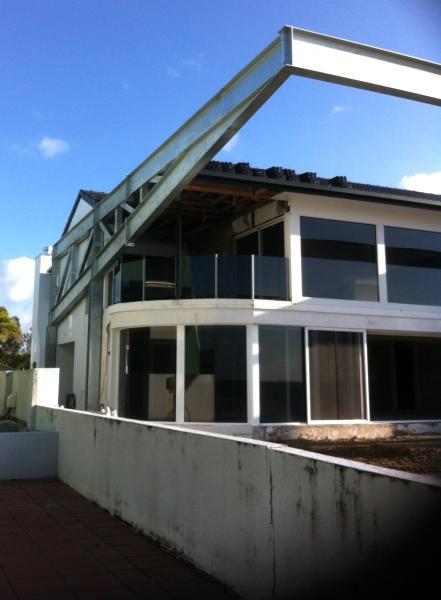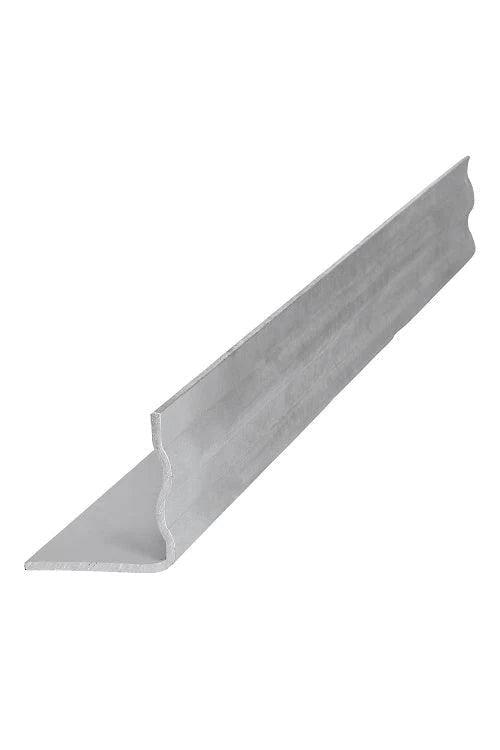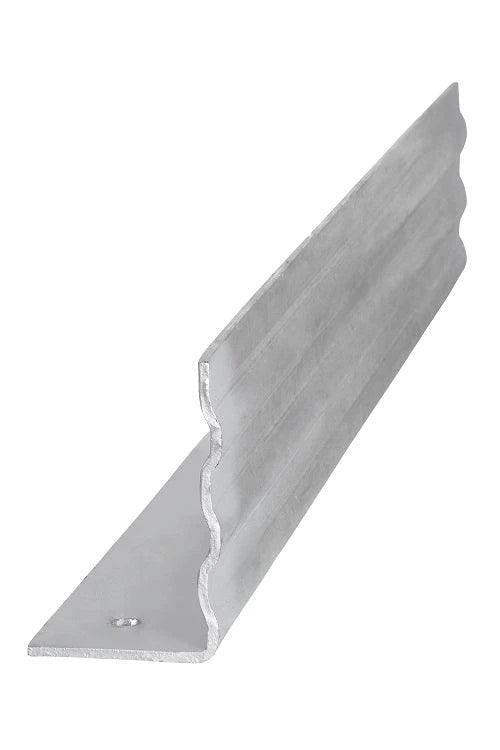The Cutting Edge Steel Production Process from Ore to Beam
Steel, the backbone of modern civilisation, is essential in construction, infrastructure, residential housing and countless other applications. Its incredible strength, versatility, and recyclability make it a remarkable resource. But how is steel manufactured? We thought we’d go through how steel beams are made, from start to finish.

How Are Steel Beams Made?
1. From Mine to Mill
The process starts at the source – iron ore mines. Massive machines extract iron-rich rock, which is then crushed and separated from unwanted materials. This concentrated iron ore, often a reddish-brown powder called hematite, is the key ingredient for steel production.
Network Steel takes a multi-pronged approach to acquiring high-quality ore. We source from reputable steel mills, ensuring a consistent supply and minimal environmental impact.
2. Blast Furnacing
The iron ore embarks on its transformation at the heart of the steel mill – the blast furnace. This towering behemoth is a testament to human ingenuity. Here, the ore is mixed with coke (a grey, hard, high-carbon fuel) and limestone (a fluxing agent) and subjected to an intense blast of hot air. The intense heat melts the mixture, causing chemical reactions that separate the iron from the impurities in the ore. The molten iron, denser than the remaining slag (impurities), settles at the bottom of the furnace and is periodically tapped for the next stage.
Network Steel partners with industry-leading steel mills that utilise advanced blast furnace technology. These mills employ computer-controlled systems to precisely regulate temperature and airflow while focusing on cleaner fuels to reduce their environmental impact. This ensures maximum efficiency and minimal waste in the steel production process.
3. From Molten Metal to Steel
The molten iron from the blast furnace still contains impurities like carbon, silicon, and manganese. While crucial for steel's properties, these elements need to be precisely controlled. This is where the steelmaking process takes centre stage.
Network Steel sources steel from reputable suppliers that use the Basic Oxygen Furnace (BOF) process for steelmaking. Here, molten iron is transferred to a large, refractory-lined vessel, met with a high-pressure stream of pure oxygen. The oxygen reacts with the unwanted elements, burning them off and converting some iron into iron oxide (rust). This creates a vigorous reaction, stirring the molten metal and accelerating the process. By carefully controlling the oxygen flow and adding precise amounts of alloying elements like manganese, we achieve the desired chemical composition for the final steel product.
The BOF’s sophisticated process control systems constantly analyse the composition of the molten metal, allowing for real-time adjustments and ensuring consistent steel quality with minimal waste.
4. Casting and Rolling
The molten steel, now refined and ready to be shaped, undergoes a crucial transformation – casting. In our continuous casting process, the liquid steel is poured into a mould designed to create long, rectangular slabs. As the steel cools and solidifies, the mould continuously moves downward, maintaining a constant flow of molten steel. The resulting slabs are then cut to length and sent for further processing.
State-of-the-art continuous casting equipment ensures precise dimensional control and a fine-grained microstructure in the steel, leading to superior strength and workability.
The final shaping of the steel occurs in the rolling mill, where the red-hot slabs are reheated and passed through powerful rollers. The specific roll configuration dictates the final shape of the steel product – from beams and columns to sheets and plates.
Network Steel sources steel from suppliers with rolling mills equipped with computer-controlled settings and sophisticated cooling systems. This technology ensures the final steel product's high-dimensional accuracy and optimal mechanical properties.
Quality Control, Promising Strength and Reliability
Our reputable suppliers adhere to strict quality control measures throughout the production process. These suppliers employ advanced testing techniques, including chemical analysis, mechanical testing, and ultrasonic inspection, to ensure the steel meets the highest standards. This commitment to quality guarantees that our steel beams are strong, reliable, and compliant with relevant building codes and industry specifications.
The Network Steel Green Difference
Our iconic green paint is more than just a colour; it symbolises quality. This durable coating, applied in our environmentally certified spray booth, protects our structural steel from the elements.
Introducing Netbrace®
As we've seen, how steel is made is a complex and fascinating process that involves numerous stages, from ore extraction to the final shaping of the steel product. However, the journey doesn't end there. Additional components and systems are often incorporated to ensure the optimal performance and durability of steel structures. One such component is Netbrace®, a versatile lateral wall bracing system that complements the strength and reliability of steel construction. Netbrace® is designed to enhance structural integrity, provide added safety, and simplify the construction process. By integrating Netbrace® into your project, you can further elevate the quality and performance of your steel-framed building.
Why Choose Network Steel?
- Superior Quality: Our beams are built to last, focusing on durability and performance.
- Custom Solutions: We tailor our products to meet your needs, from size and shape to structural requirements.
- Seamless Integration: Our Green Beams are designed for easy integration with wall and floor framing materials.
- 30 Years of Expertise: With decades of experience, we're confident in delivering exceptional results.
Serving the Gold Coast and Beyond
No matter your location in Australia, we can deliver our Green Beams to your construction site. Our custom-made steel solutions, including PFCs, UBs, UCs, and welded portal frames, are designed to integrate with your project seamlessly.
Contact Network Steel today to get a quote or to learn more about how our steel will benefit your next project.




